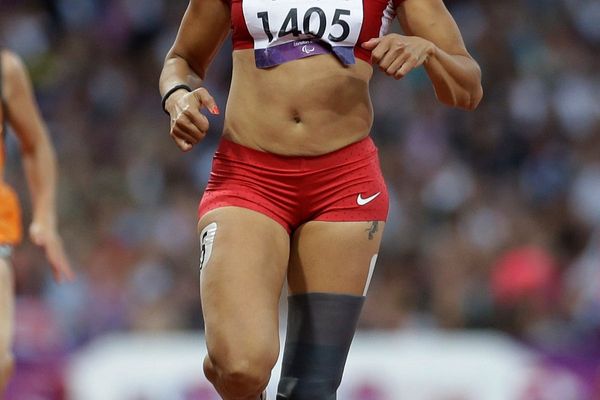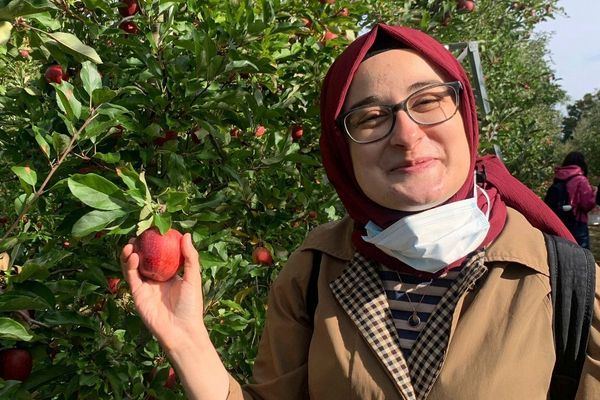As Haryana goes to vote for the general election on May 25, the Bharatiya Janata Party is toiling to repeat its stellar 2019 performance of sweeping all the 10 Lok Sabha seats, while direct rival Congress is facing a battle to revive itself in the State.
The Congress, after the drubbing in 2019, is contesting this election in a seat-sharing arrangement with the Aam Aadmi Party (AAP), its INDIA bloc partner. The AAP is contesting from just one seat - Kurukshetra - while the Congress fights from the remaining nine. The BJP is contesting all the 10 seats alone.
Jannayak Janta Party (JJP), the former coalition partner of the BJP, and the Indian National Lok Dal (INLD) are also in the fray, but since both these parties draw support largely from the agrarian class - primarily the Jat community - they appear to be competing among themselves to keep their vote bank intact and stay relevant. Among other parties, the Bahujan Samaj Party (BSP) has also fielded candidates.
State turmoil
The BJP government in the State recently witnessed turmoil after three Independent MLAs withdrew their support to the government, leaving it precariously placed in the Assembly, even as BJP leaders continue to assert that their government is “not under threat”. Nevertheless, this has given the Opposition ammunition to target the BJP, charging it with losing “moral ground” to continue in power. Before the turmoil, the BJP in March this year had replaced Manohar Lal Khattar with Nayab Singh Saini, as Chief Minister. Mr. Saini is an Other Backward Class (OBC) leader and by appointing him, it appeared the BJP wanted to firm up its hold among the OBCs, who account for around 40% of the State’s population. The move also saw the political debate surrounding the “Jats vs non-Jats” narrative come to the fore again. Also, by removing Mr. Lal, who had been Chief Minister for around nine and a half years, the BJP appeared to be combating the “anti-incumbency factor”.
As campaigning gains momentum, the BJP is harping on what it terms an effective fight against corruption and nepotism, and its efforts to ensure transparency in the government during its rule. Besides, the party is showcasing the achievements of the Union government led by Prime Minister Narendra Modi, including the dilution of Article 370 from Jammu and Kashmir, the construction of Ram Mandir in Ayodhya, and the strengthening of the country’s economic condition, besides building a narrative around nationalism by raising the 2016 surgical strikes and 2019 Balakot airstrike, among others.
The party, however, has found itself at the receiving end of farmers’ anger, which has led to protests, boycott calls, and showing of black flags to its leaders while touring Lok Sabha constituencies in the Jat heartland. Farmer groups have blamed the BJP for adopting an anti-farmer stance, and for not providing a legal guarantee on minimum support price for crops.
In the 2019 Lok Sabha election, the BJP secured a 58% vote share and the Congress 28%, while the INLD got less than 2%. The JJP managed 4.89%. Assembly election is also due later this year in October, and the Lok Sabha election could signal which way the political wind is blowing.
The Opposition parties, including the Congress and the INLD, have been dismissing the claims of the BJP, accusing it of adopting policies that hurt all sections of society, be it farmers, workers, traders, youth, women, or government employees. The Congress is counting on the anti-incumbency factor and led by former Chief Minister Bhupinder Singh Hooda, has been aggressively raking up State-level issues to garner voter support for both the Lok Sabha and Assembly elections. The expected split of Jat votes between the INLD and JJP is likely to benefit the Congress, which could electorally gain in Jat-dominated constituencies. However, the Congress is also riddled with factionalism, and the State unit has been functioning without any block and district committees for many years.
For the INLD, which saw a near washout in the 2019 Assembly election, it’s a fight to reclaim - from the JJP - the legacy of INLD’s founder Chaudhary Devi Lal, a noted farmer leader and former Deputy Prime Minister. Meanwhile, for the JJP, which came into existence after splitting the INLD in 2018, it’s a battle to hold on to its core vote bank as it faces farmer organisations’ ire for allegedly not supporting them when it was a coalition partner with the BJP in the State government.
Along with the Lok Sabha election on May 25, a byelection is also scheduled for the Karnal Assembly seat, from which Mr. Saini, who replaced Mr. Khattar as Chief Minister, is contesting.
Union Ministers Rao Inderjit Singh and Krishan Pal Gurjar are seeking re-election from Gurgaon and Faridabad respectively. Congress’ Raj Babbar has been fielded against Mr. Singh from Gurgaon. Other key candidates include Mr. Khattar from Karnal constituency, BJP’s Naveen Jindal and Ranjit Singh Chautala, INLD’s Abhay Chautala, AAP’s Sushil Gupta, Congress’s Jai Prakash and JJP’s Naina Chautala.
The Congress has nominated former Union Minister Kumari Selja to take on the BJP’s Ashok Tanwar from Sirsa reserve seat while from Rohtak, the grand old party has fielded Deepender Hooda against BJP’s sitting MP Arvind Sharma.







